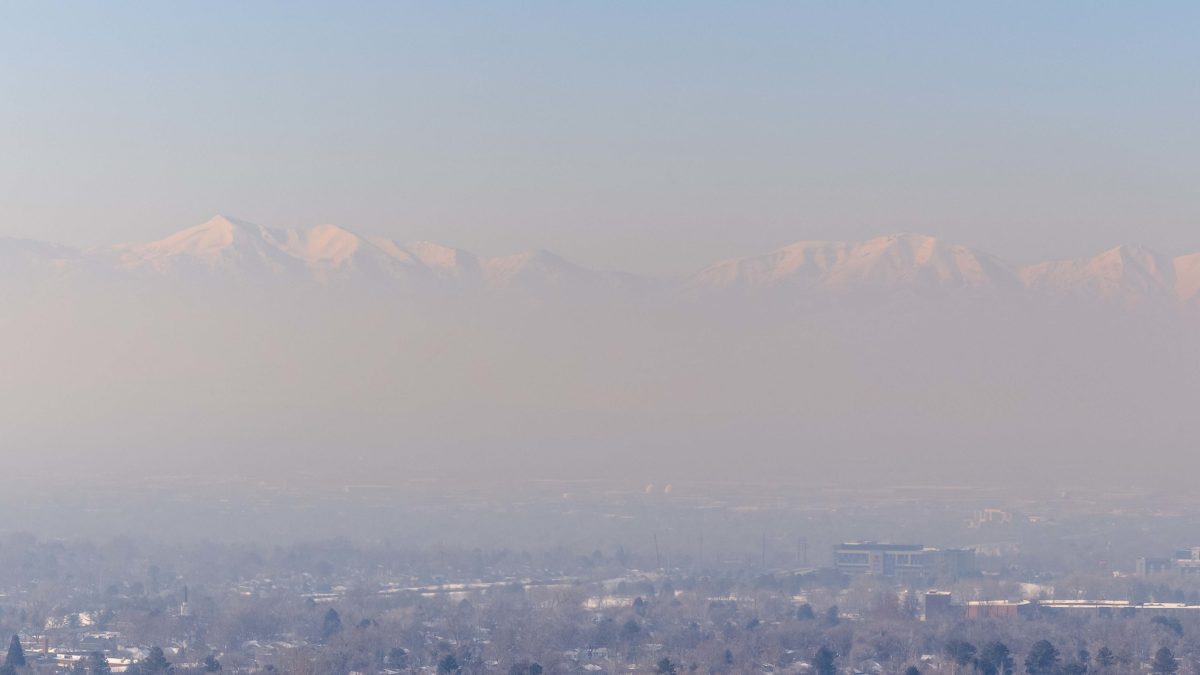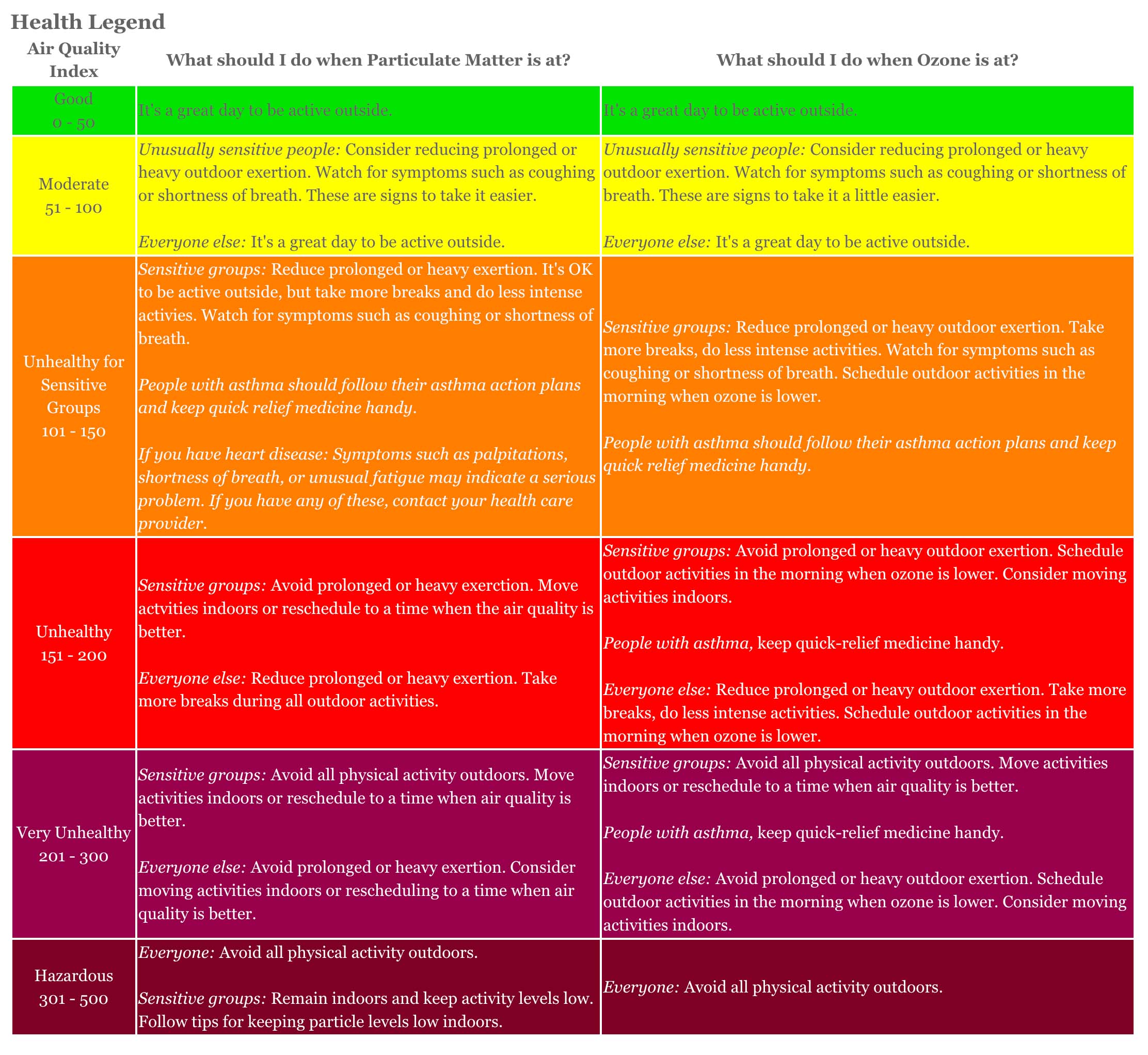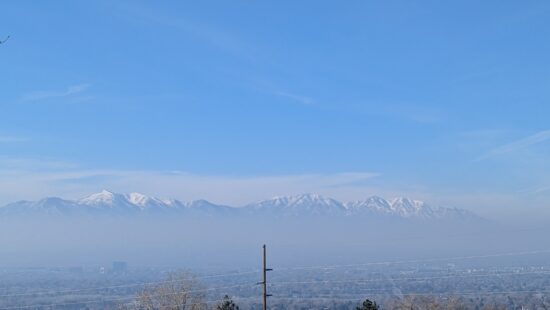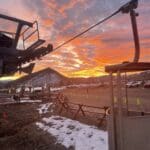Top Stories
Inversion brings unhealthy air quality to multiple counties in Utah

View from the foothills of Salt Lake City toward the western mountains showing the haze from inversion. Photo: TownLift | Kevin Cody.
UTAH — While most of the winter season has seen few instances of poor air quality, that cannot be said for the current conditions. Inversion has set in, leaving multiple counties above the National Ambient Air Quality Standards of 35 µg/m3 (micrograms) of Particulate Matter (PM)2.5. Examples of particulate that would carry a diameter greater than 2.5 microns could be combustion particles, organic compounds, metals, and other substances.
More than half of Utah’s counties are above the Department of Environmental Quality’s standard measures for particulate levels. The 3-Day Forecast shows no improvement over the coming days, with Utah County worsening.
The hardest hit is Cache County, where the current measurement is 60.4 µg/m3 and is considered unhealthy according to the health forecast and carries with it mandatory action. In this level of the Air Quality Index, prolonged or heavy exertion should be reduced or avoided based on personal health conditions. Those considered sensitive to air quality should stay inside if possible.

Davis, Duchene, Salt Lake, Weber, and Box Elder counties are all unhealthy for sensitive groups rating. Davis is the highest of those counties at 52.3 µg/m3, and Salt Lake is the second highest at 45.8 µg/m3. The public is encouraged to take more breaks, reduce prolonged or heavy exertion and watch for symptoms such as coughing or shortness of breath that could indicate a reaction to the air quality. Sensitive groups, such as those with asthma, are encouraged to have medicine readily available.

These measurements are updated hourly as pollution can vary throughout the day. A health forecast comprising six classifications ranging from good to hazardous is based on a 24-hour average of PM 2.5. There are also three action forecasts consisting of Unrestricted, Voluntary, and Mandatory. Depending on the classification, solid fuel burning devices such as a wood burning stove or fireplace and open burning such as a campfire can be restricted. Industry can also be told to optimize operations to minimize emissions. The public will also be encouraged to consolidate trips.

To stay up to date with air quality and advisories issued by the DEQ, download the UtahAir app, available on both apple and android, or visit the air quality website where current conditions are shown.
Inversion and Air Quality: Utah’s unwanted winter phenomenon
Appreciate the coverage? Help keep Park City informed.
TownLift is powered by our community. If you value independent, local news that keeps Park City connected and in the know, consider supporting our newsroom.


















